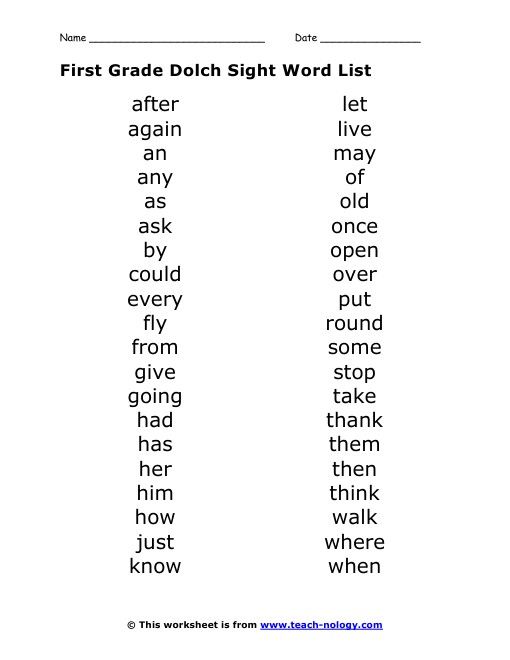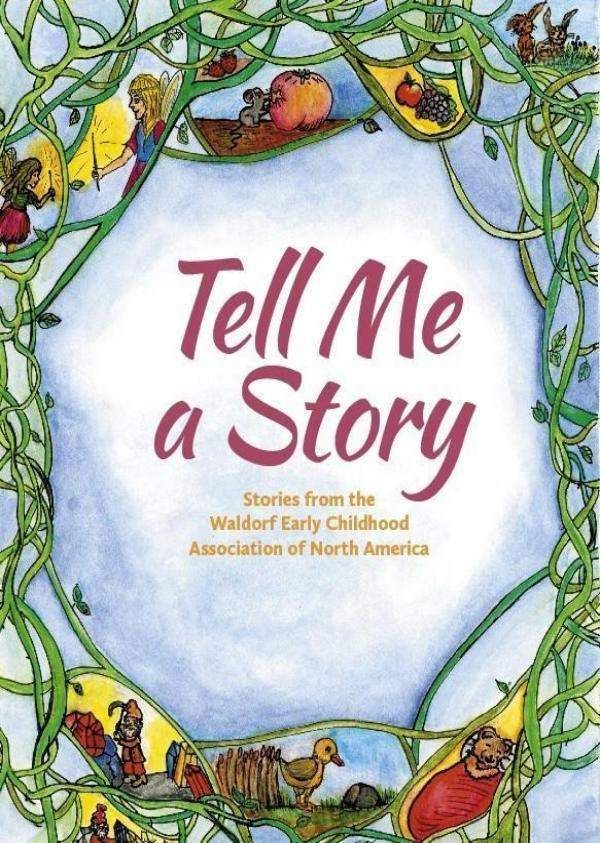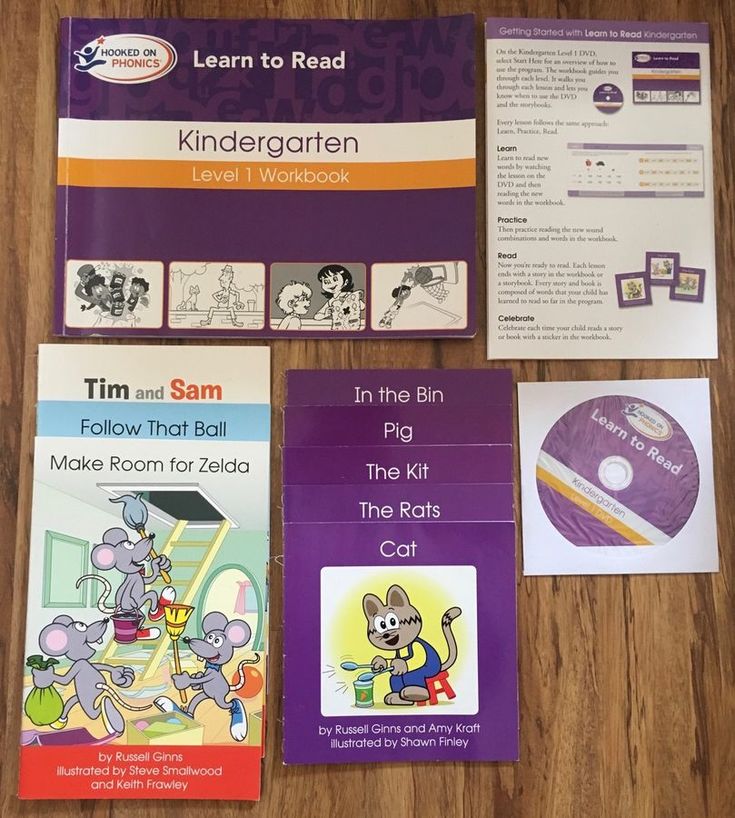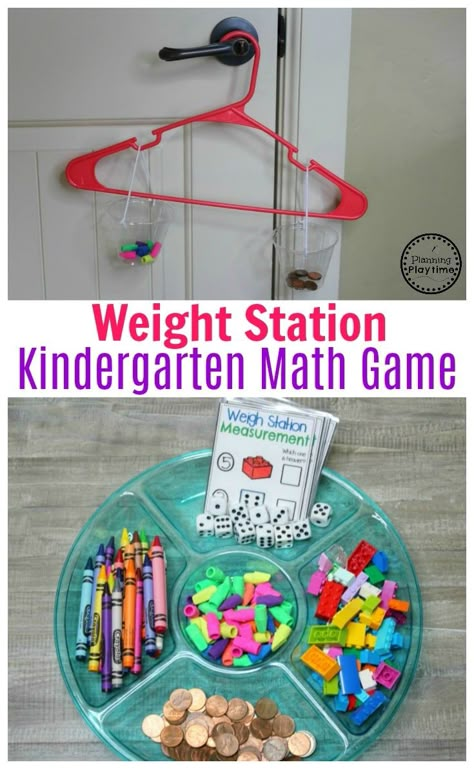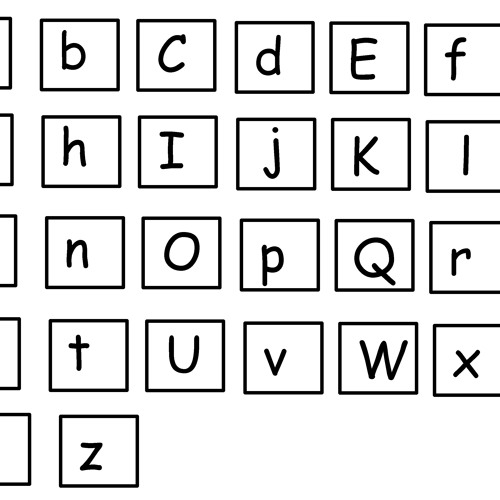All about pre reading
All About Reading Pre-reading
Here's What You Need for Pre-Reading
-
0 012345678910+
All About Reading Pre-reading Basic Package
Includes Teacher's Manual, Student Packet, The Zigzag Zebra book, Lizard Lou book, Divider Cards, Letter Sounds A to Z app, and Adorable Animal Stickers.
- This package provides the core components of the All About Reading Pre-reading program. It contains the student and teacher materials needed to effectively teach Pre-reading.
- The skills taught in the All About Reading Pre-reading program help pre-readers understand the basics of language and how it works, preparing them to learn to read.
- Teaching more than one student? You will need to purchase an additional student activity book (
My Book of Letters and Sounds) for each additional student.
-
0 012345678910+
Ziggy Zebra Puppet
Ziggy Zebra Puppet is an integral part of the pre-reading program. By drawing kids into the lessons, Ziggy helps kids feel empowered, successful, and eager to learn more.
- Ziggy puts the sparkle in our program!
- Ziggy is 13" tall with an 8" head and plenty of room for all hand sizes.
- Parents love Ziggy, too! He's easy to manipulate so you can give him real personality and expression.
-
0 012345678910+
All About Reading Pre-reading Review Box
The Pre-reading Review Box is the perfect solution for storing and organizing Picture Cards and Letter Sound Cards all in one place.
- This two-piece box measures approximately 4.5" long x 4.75" wide x 3.5" tall and features a removable lid.

- The pre-reading Divider Cards are not included. They are included in the Pre-reading Basic Package sold above or can be purchased individually by clicking "View Individual Products" below.
- This two-piece box measures approximately 4.5" long x 4.75" wide x 3.5" tall and features a removable lid.
Individual Products
Click to view-
0 012345678910+
All About Reading Pre-reading Teacher's Manual
Included in the Pre-reading Basic Package.
-
0 012345678910+
All About Reading Pre-reading Student Packet
Included in the Pre-reading Basic Package. Contains: Activity Book, Cards, Alphabet Charts, stickers, and more. .
-
0 012345678910+
All About Reading Pre-reading Activity Book
Included in the Pre-reading Student Packet.
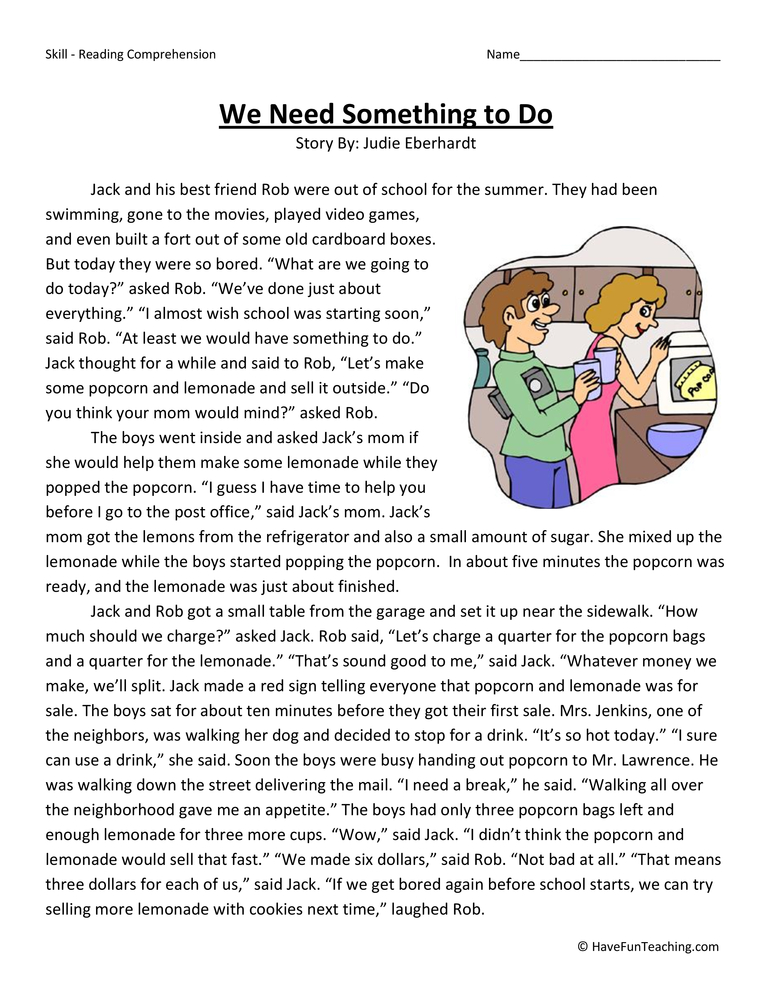
-
0 012345678910+
Adorable Animal Stickers
Included in the Pre-reading Student Packet.
-
0 012345678910+
The Zigzag Zebra Read-aloud Book
Included in the Pre-reading Basic Package.
-
0 012345678910+
Lizard Lou Read-aloud Book
Included in the Pre-reading Basic Package.
-
0 012345678910+
All About Reading Pre-reading Divider Cards
One set of divider cards is included in the Pre-reading Basic Package.
All About Reading Pre-Reading Basic Package
The Pre-reading program covers letter recognition (capitals first, then lowercase) and letter sounds (consonants and short vowels). The author has identified the Big Five Skills which are foundational to the educational mission of this course.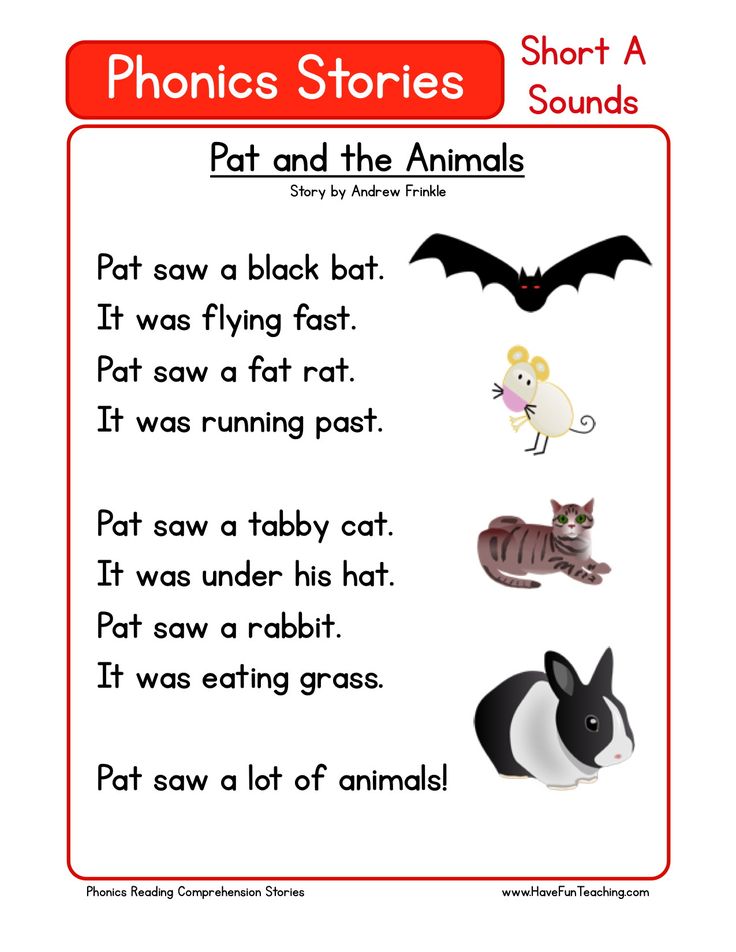 Print Awareness (text carries meaning and is related to spoken language specific tips in lessons), Phonological Awareness (the ability to hear and identify parts of words), Letter Knowledge (recognizing the letters and knowing the letter names and sounds), Listening Comprehension (precursor to reading comprehension), and Motivation to Read (no parenthetical clarification needed). Were obviously talking more than simple ABCs here, arent we? And Ziggy is eager to illustrate the difference. Ziggy is a personable, strokeable, fun-loving young zebra (puppet) with a tendency to say the wrong word, drop sounds from words, and distract your child away with game-playing (wink-wink). Lessons are written around Ziggys participation. I suppose you could do "work arounds" and cover the same material, but Ziggy will win your childs heart and youll be off and learning before you even know it. In addition to Ziggys games and antics, lessons include an introduction to the letter or sound, poem-reading from either the
Zigzag Zebra or the Lizard Lou book, completion of a craft sheet, additional activities (chosen from a list in the appendix), games, and the read aloud time.
Print Awareness (text carries meaning and is related to spoken language specific tips in lessons), Phonological Awareness (the ability to hear and identify parts of words), Letter Knowledge (recognizing the letters and knowing the letter names and sounds), Listening Comprehension (precursor to reading comprehension), and Motivation to Read (no parenthetical clarification needed). Were obviously talking more than simple ABCs here, arent we? And Ziggy is eager to illustrate the difference. Ziggy is a personable, strokeable, fun-loving young zebra (puppet) with a tendency to say the wrong word, drop sounds from words, and distract your child away with game-playing (wink-wink). Lessons are written around Ziggys participation. I suppose you could do "work arounds" and cover the same material, but Ziggy will win your childs heart and youll be off and learning before you even know it. In addition to Ziggys games and antics, lessons include an introduction to the letter or sound, poem-reading from either the
Zigzag Zebra or the Lizard Lou book, completion of a craft sheet, additional activities (chosen from a list in the appendix), games, and the read aloud time.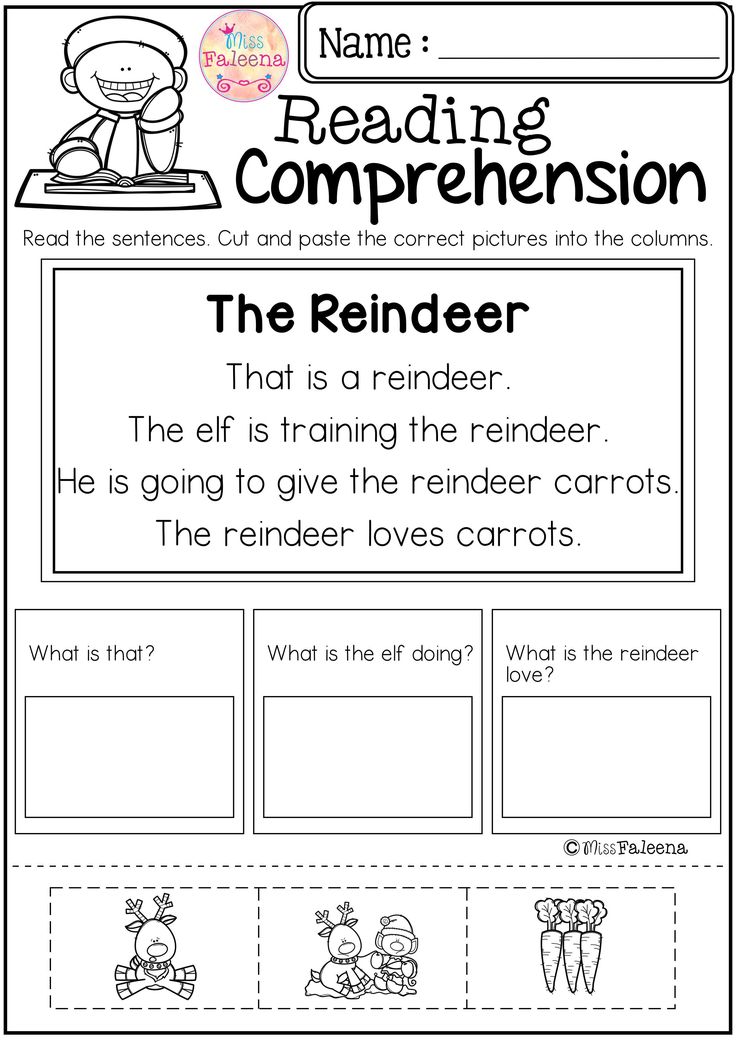 The two hardbound books Zigzag Zebra and Lizard Lou (each a collection of poems for letters or letter sounds; also available as optional audio-books) are used daily (one or the other) to introduce or reinforce sounds.
The two hardbound books Zigzag Zebra and Lizard Lou (each a collection of poems for letters or letter sounds; also available as optional audio-books) are used daily (one or the other) to introduce or reinforce sounds.
The Pre-reading Activity Book (My Book of Letters) contains the craft sheets for the lessons; each of which have supplies needed and instructions on the back. These perforated activity sheets include coloring, dot-to-dots, mini craft projects involving adding construction or tissue paper accents or various types of sparkleees, games like "Circle the Letter t", sound match-ups, and hidden pictures. Common craft materials needed include crayons, markers, scissors, glue, tape, and a miscellaneous assortment of optional craft materials.
Homeschool reading that is actually fun!
All About Reading is an Orton-Gillingham-based phonics program incorporating five key components of reading: Phonological Awareness, Phonics and Decoding, Fluency, Vocabulary, and Comprehension.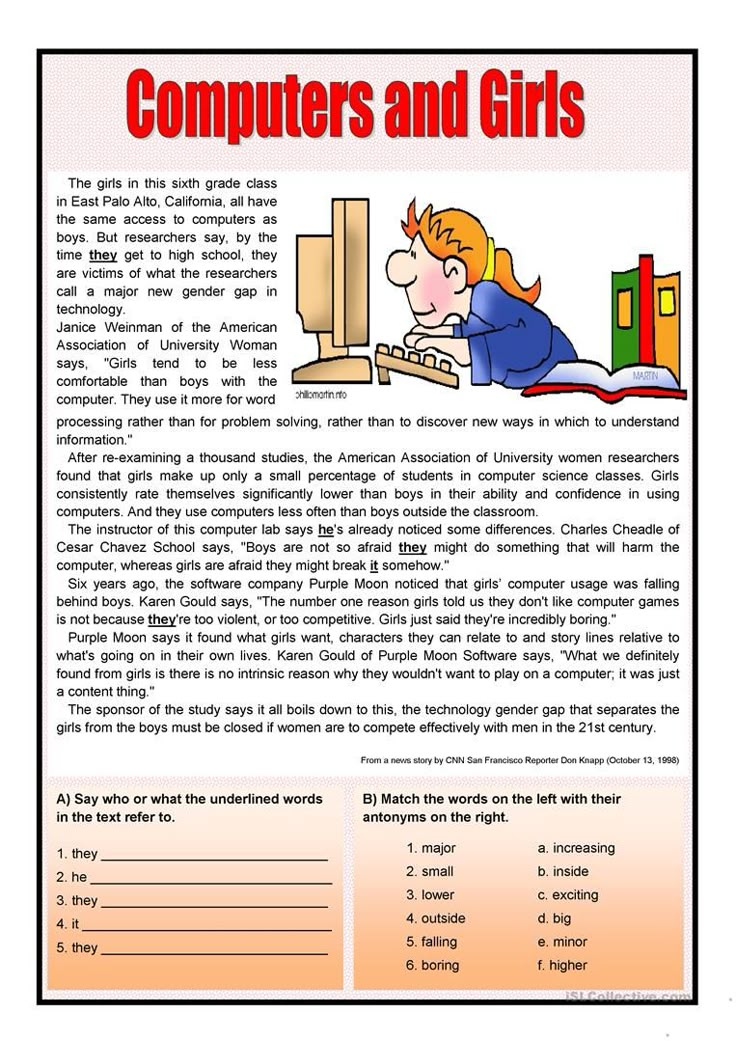 Course components include a Teachers Manual, a Student Packet (which includes an activity book, review cards, and stickers), and hard-backed readers. The complete program consists of five levels: Pre-Reading (PK or K) and Levels 1 4 (grades K 3rd/4th). All teaching and lesson activities are multisensory with a strong emphasis on mastery learning based on reinforcement (games) and review. With its 2019 edition, all materials are in full color and although the stories and activity books are essentially the same, the Teachers Manuals have been expanded with additional teaching tips and hands-on learning activities. The new color materials all correlate with the most recent black and white materials (2nd edition of Level 1; 3rd edition of Level 2; 1st edition of all other levels).
Course components include a Teachers Manual, a Student Packet (which includes an activity book, review cards, and stickers), and hard-backed readers. The complete program consists of five levels: Pre-Reading (PK or K) and Levels 1 4 (grades K 3rd/4th). All teaching and lesson activities are multisensory with a strong emphasis on mastery learning based on reinforcement (games) and review. With its 2019 edition, all materials are in full color and although the stories and activity books are essentially the same, the Teachers Manuals have been expanded with additional teaching tips and hands-on learning activities. The new color materials all correlate with the most recent black and white materials (2nd edition of Level 1; 3rd edition of Level 2; 1st edition of all other levels).
In general, the organization of this program is similar to its sister/companion program All About Spelling. The easy-to-use Teachers Manual provides the path (detailed and lightly scripted lessons) for the teacher-student interaction that is central to the program.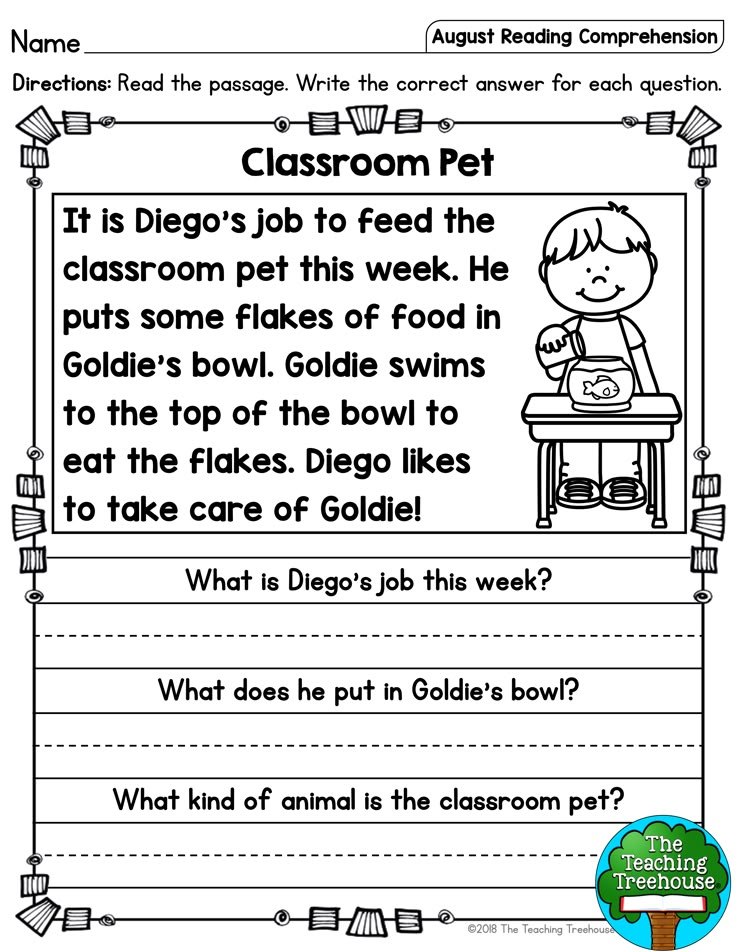 Each lesson starts with telling you what you will do and what you will need; then follows review, new teaching, reinforcement and a read aloud time. Lessons can be done at whatever pace is comfortable for both parent and student. Reinforcement and review are provided through games (at least your child will think theyre games). A key component to all levels is the designated Read Aloud Time and suggestions for agegrade appropriate read-alouds are provided.
Each lesson starts with telling you what you will do and what you will need; then follows review, new teaching, reinforcement and a read aloud time. Lessons can be done at whatever pace is comfortable for both parent and student. Reinforcement and review are provided through games (at least your child will think theyre games). A key component to all levels is the designated Read Aloud Time and suggestions for agegrade appropriate read-alouds are provided.
All About Reading is a well-constructed, thorough, and serious reading program that is devoted to the idea that learning to read can be pleasurable.
Lessons follow a typical pattern and are multi-sensory; starting with a preview of the letter sounds (for the teacher) and review (for the student). New Teaching segments are easy to follow and illustrated. The general role of the Teachers Manual is to provide the teacher with all background information, procedures (Hold up the Phonogram Card and say the sound), the plan (what to do, when), and methodologies (use of letter tiles).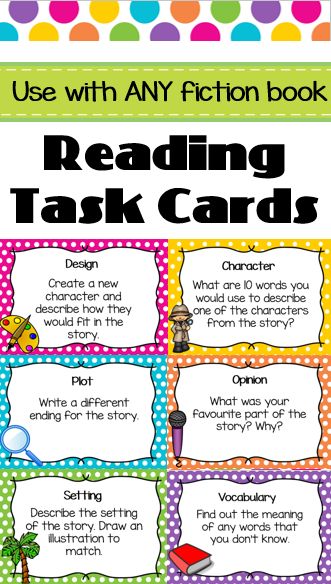 New Teaching also includes activity sheets, reading practice (using word cards), and fluency practice. Helpful Teacher Tips are provided at all relevant points. Each lesson ends with a designated Read-Aloud Time and a reminder to Track Your Progress (putting stickers onto the progress chart). Every other lesson (typically) is centered around the childs reading a story from one of the three readers. Since all words in the story have been previously introduced, the focus of the lesson is on fluency, vocabulary development, and reading comprehension.
New Teaching also includes activity sheets, reading practice (using word cards), and fluency practice. Helpful Teacher Tips are provided at all relevant points. Each lesson ends with a designated Read-Aloud Time and a reminder to Track Your Progress (putting stickers onto the progress chart). Every other lesson (typically) is centered around the childs reading a story from one of the three readers. Since all words in the story have been previously introduced, the focus of the lesson is on fluency, vocabulary development, and reading comprehension.
Activity Books are packed with reinforcement activities as well as the reading sheets. Activities include games, Word Flippers, and matching activities. Fluency Practice sheets (2 pages each) include new words, mixed review, and phrases and sentences.
Student Activity Packets for each level provide the specific items needed by the student. In Pre-Reading there is an activity book, picture cards, letter sound cards, capital alphabet chart, lowercase alphabet chart and a Certificate of Completion (cardstock).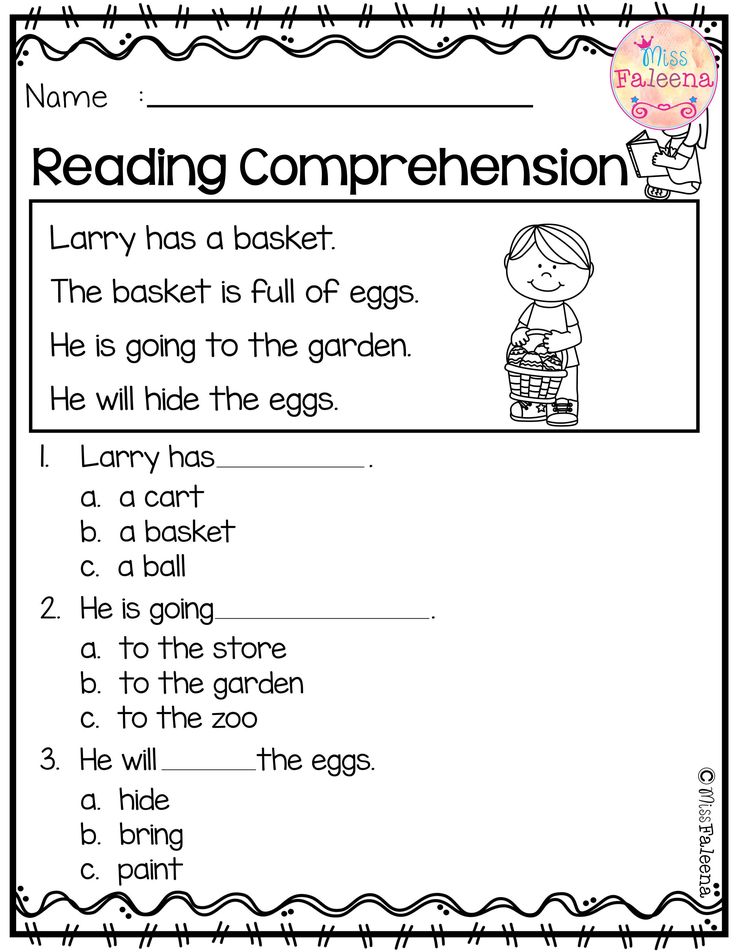 Levels 1-4 include an activity book, phonogram cards, word cards, syllable tags, stickers, and additional tiles needed at that level. Cards for each level (2.75x 4.25) are printed on heavy cardstock, perforated for easy separation, color-coded, and clearly marked as to type of card and lesson used. Readers for each level are hardcover with poems and stories designed to capture and hold a childs interest. Divider Cards provide the divisions specific to each level and used to keep track of what to review when. There are two free apps that are used in conjunction with the program. Letter Sounds A-Z accompanies the Pre-Reading program and Phonogram Sounds is used with the other levels.
Levels 1-4 include an activity book, phonogram cards, word cards, syllable tags, stickers, and additional tiles needed at that level. Cards for each level (2.75x 4.25) are printed on heavy cardstock, perforated for easy separation, color-coded, and clearly marked as to type of card and lesson used. Readers for each level are hardcover with poems and stories designed to capture and hold a childs interest. Divider Cards provide the divisions specific to each level and used to keep track of what to review when. There are two free apps that are used in conjunction with the program. Letter Sounds A-Z accompanies the Pre-Reading program and Phonogram Sounds is used with the other levels.
Review Boxes are specifically sized and well-constructed; designed to hold the All About Reading cards for each level (you can use an ordinary file box, if you choose). The Tote Bag is a handy place to keep everything so you can do reading on the sofa, at the kitchen table, on the deck, or wherever your day takes you.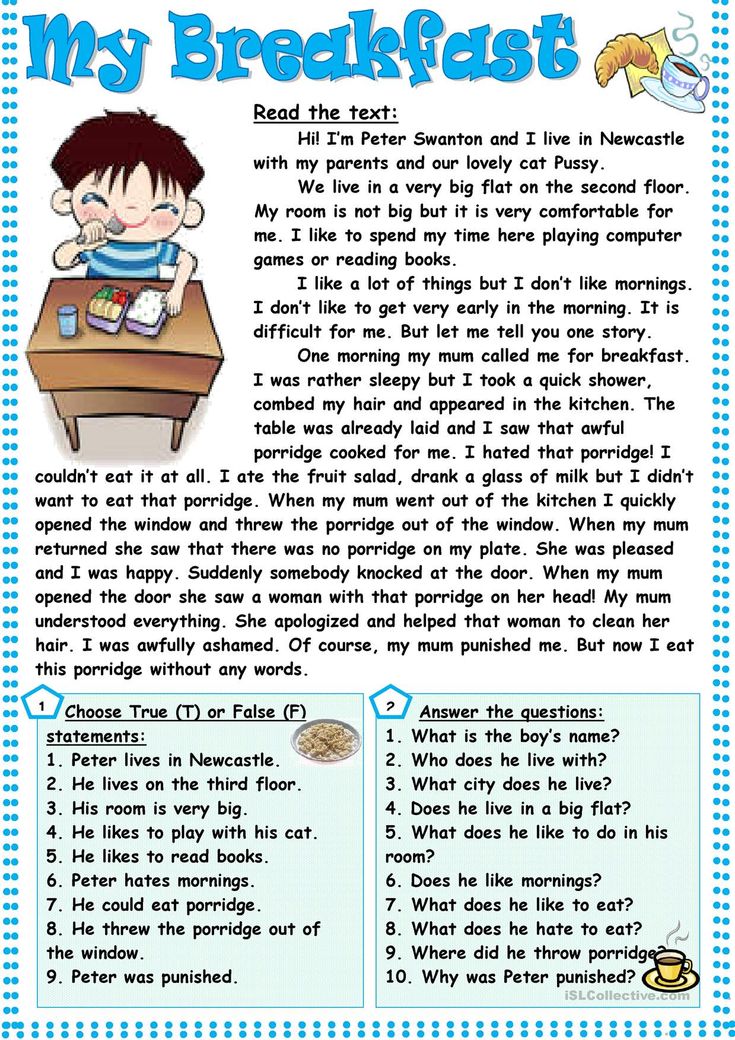
The Pre-Reading program has a Basic Package (Teacher Manual, Student Packet, divider cards, readers, animal stickers, and Letter Sounds A-Z app) and a Deluxe Package (same as Basic Package plus activity box and tote bag). Other levels have Level Kits which include Teacher Manuals and Student Packets. These levels require either a Basic Interactive Kit (letter tiles, magnets, reading divider cards, phonogram app) or a Deluxe Interactive Kit (same as Basic Kit plus a review box and tote bag).
At the start of each level its assumed that the student has either completed the previous level of All About Reading or has mastered comparable skills. If you start at Level 2 or higher, you will also need either a Basic or Deluxe Interactive Kit in addition to the Materials Kit for the level. Additional items needed include common craft materials (scissors, glue, etc.), a 2 x 3 magnetic white board (optional but highly recommended), and a few optional items sticky notes, globe or world map, candies/raisins, etc.
All About Reading Pre-reading Program (PK-K)
Pre-Reading (PK-K) program covers letter recognition (capitals first, then lowercase) and letter sounds (capitals and short vowels). Lessons feature Ziggy, a fun-loving young zebra with a tendency to say the wrong word and drop sounds from words. In addition to Ziggys games and antics, lessons include an introduction to the letter or sounds, poem-reading, craft/activity sheets, games, and read-aloud time. Alphabet Charts (21.5x 33) are heavy, glossy paper and obviously designed for hanging on the wall. The activity book for this level is My Book of Letters. Readers are Zigzag Zebra and Lizard Lou. Activities include coloring, dot-to-dots, mini craft projects, games, sound match-ups, and hidden pictures. Common craft materials that are needed include crayons, markers, scissors, glue, tape, and a miscellaneous assortment of optional craft materials.
All About Reading Level 1 (K-1)
Level 1 starts out with a review of letter sounds from the Pre-Reading program but with a difference.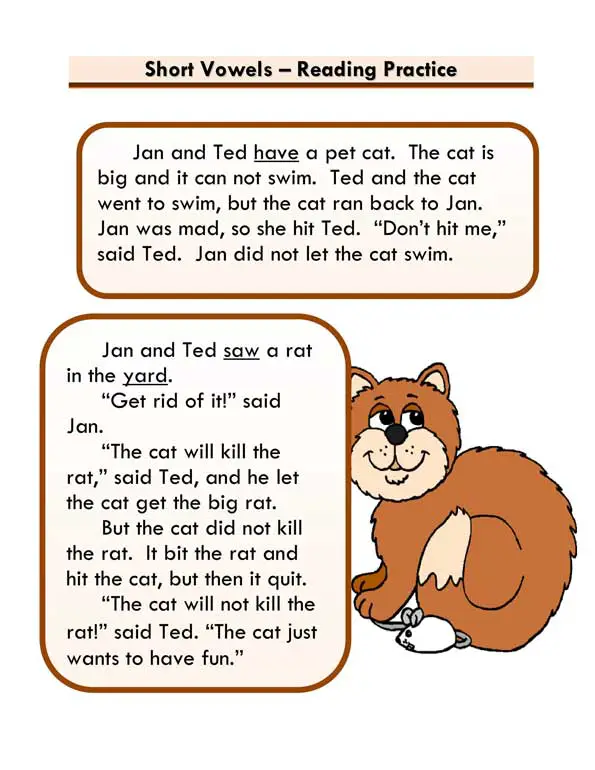 From the beginning (letters m, s, p, and a) the letters become words and the student is off and reading. After all letters and short vowels have been re-introduced, lessons cover consonant teams (th, sh, ch, and then later, ck, ng, and nk), final and initial blends, double consonants, a few sight words, compound words, and plural words. The level ends with six lessons covering the additional sounds of several letters (a, i, c, o, g, e, u, y, and ch) and open/closed syllables. Activity Book is Blast Off to Reading. Readers for this level are Run, Bug, Run!, The Runt Pig, and Cobweb the Cat.
From the beginning (letters m, s, p, and a) the letters become words and the student is off and reading. After all letters and short vowels have been re-introduced, lessons cover consonant teams (th, sh, ch, and then later, ck, ng, and nk), final and initial blends, double consonants, a few sight words, compound words, and plural words. The level ends with six lessons covering the additional sounds of several letters (a, i, c, o, g, e, u, y, and ch) and open/closed syllables. Activity Book is Blast Off to Reading. Readers for this level are Run, Bug, Run!, The Runt Pig, and Cobweb the Cat.
All About Reading Level 2 (3rd Ed.) (1-2)
Level 2 continues the pattern set in the first two levels. Previous material is reviewed; new phonograms including ee, er, ar, or, oy, aw, ow, silent e, and three-letter blends are introduced. Methods for decoding multi-syllabic words are taught. The methodology is essentially the same, user-friendly, multi-sensory approach emphasizing mastery that is found in the other levels.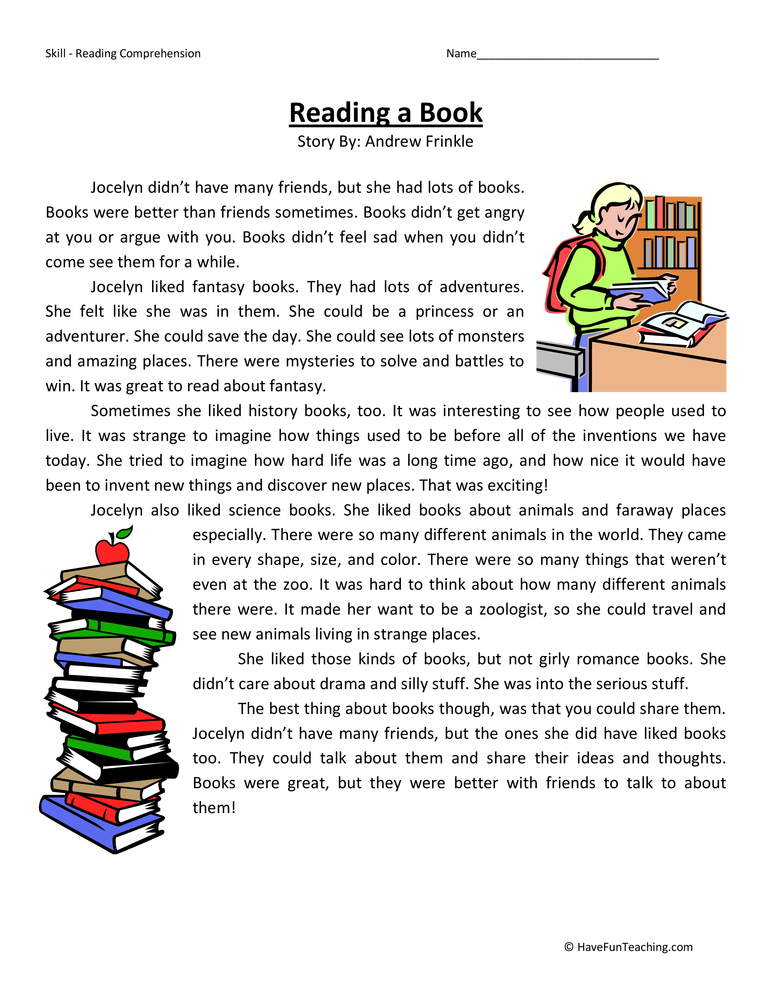 Activity book is Leap Into Reading. Readers for this level are What Am I? and Queen Bee.
Activity book is Leap Into Reading. Readers for this level are What Am I? and Queen Bee.
All About Reading Level 3 (2-3)
The 54 lessons of Level 3 alternate between phonics teaching and story reading. Phonics lessons include a review of Level 2 concepts and coverage of ai, ay, oa, ow, fourth sound of y, consonant suffixes, vowel suffixes, drop the e rule, change y to i rule, ir, ur, or, oo, ea, igh, tch, dge, prefixes, ew, ea, wr, kn, o, eigh, oe, ea, and ti. Every second or third lesson is centered on reading a new story from the reader. These lessons include review, a warm-up sheet for the story (words and phrases from the story), vocabulary, an introductory literary analysis section (i.e. compare and contrast characters), and suggestions for a read-aloud time. The activity book is Swing Into Reading. Readers are Chasing Henry and Shipwreck! Chasing Henrys stories range from 8-17 half-pages of text.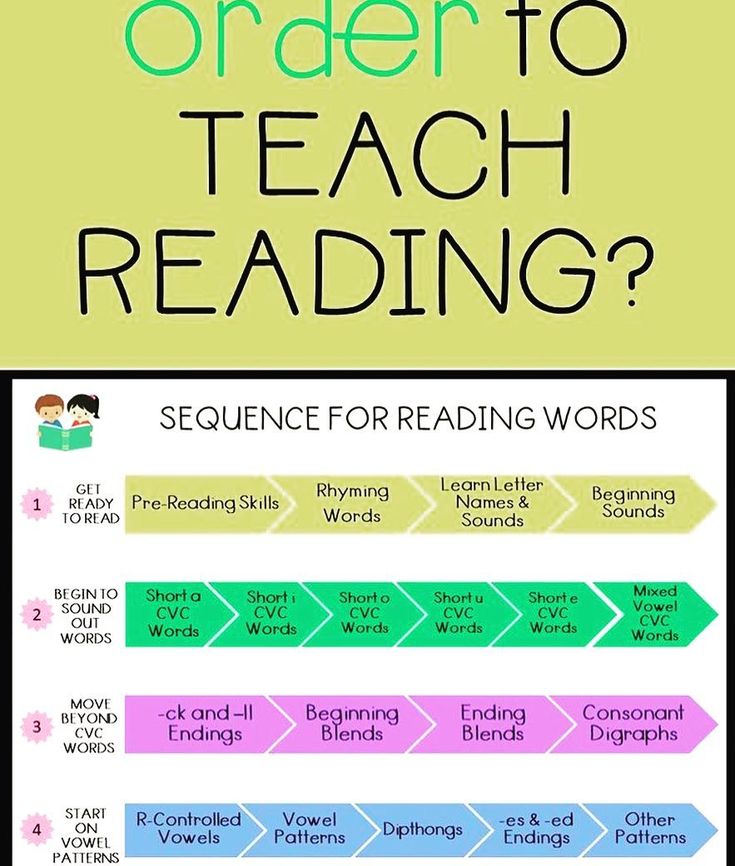 Shipwrecks stories are each about fifteen pages but there is slightly more text (2/3 page) on each page.
Shipwrecks stories are each about fifteen pages but there is slightly more text (2/3 page) on each page.
All About Reading Level 4 (3-4)
Level 4 provides 63 lessons that alternate between phonics lessons and reading lessons. Phonics instruction includes a review of previous levels, multi-syllable words, double suffixes, additional phonograms (ear, ey, ui, ie, ph, gu, gn, augh, ough, si, mb, our, ci, rh), and suffixes (able, ible, ance, ence, sion, ice, ile, ine, ite, ive, ace, ate, age, ic, al, ous, ist, ism, ity, ize, ary, ery, ain, ture, and sure). Reading instruction includes summarizing, homonyms, poetry (limericks, rhyme scheme, hyperbole, rhythm), making predictions, common idioms, collective nouns, meaningful expression, literary devices (alliteration, personification, onomatopoeia, character transformation, and point of view), identifying the narrator, antonyms, compare and contrast, inferences, difference between fiction and nonfiction, and conflict).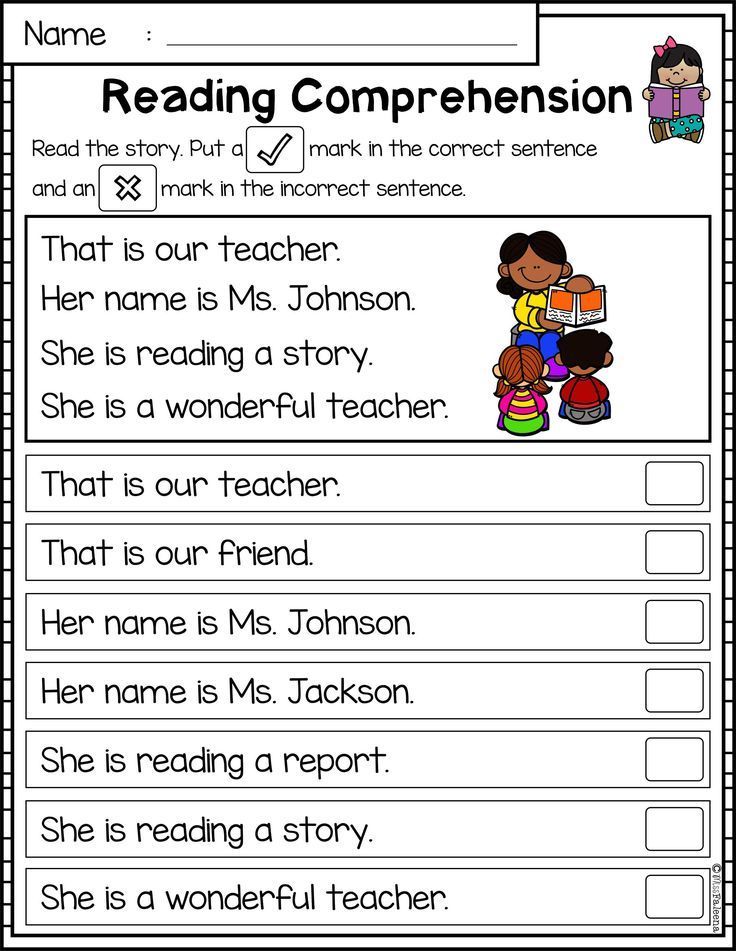 Theres some additional instruction on using references, word origins, dialects, and other miscellaneous information. The activity book is Soar With Reading. Readers are Heirloom Antics and The Voyage. The 15 short stories in Heirloom Antics range from 12-20 partial pages of text. The Voyages 14 short stories average 16-18 pages.
Theres some additional instruction on using references, word origins, dialects, and other miscellaneous information. The activity book is Soar With Reading. Readers are Heirloom Antics and The Voyage. The 15 short stories in Heirloom Antics range from 12-20 partial pages of text. The Voyages 14 short stories average 16-18 pages.
It might seem a little presumptuous to label your products All About . . . but when you can deliver a comprehensive, thorough learning program like this author/company does, youve earned the right. ~ Janice
Note: if you prefer the letter app to the letter tiles, that is a separate purchase from All About Learning Press and not included in these materials.
Programs in this section focus primarily on teaching children to read, and may not provide comprehensive instruction in reading comprehension, spelling, writing, or other language skills.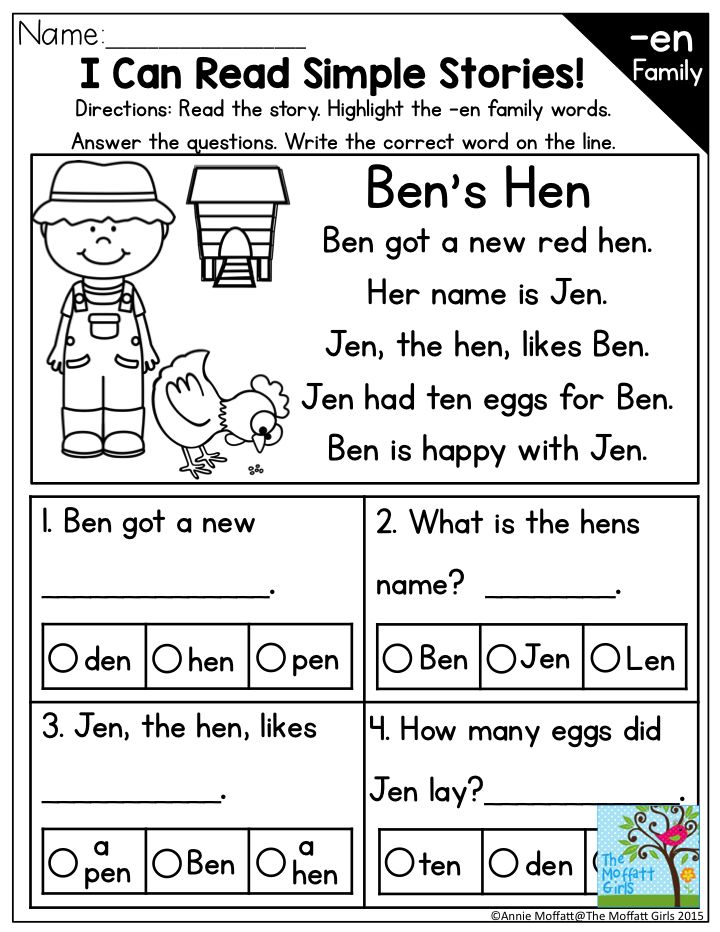 Arranged roughly by grade.
Arranged roughly by grade.
RF BC Article 205. Consideration in the second reading of the draft federal law on the federal budget for the next financial year and planning period
(as amended by Federal Law No. 63-FZ of April 26, 2007)
(see the text in the previous edition)
1. No longer valid. - Federal Law of 07.05.2013 N 104-FZ.
(see the text in the previous edition)
list of chief administrators of federal budget revenues;
list of chief administrators of sources of financing the federal budget deficit;
budget appropriations (with the exception of conditionally approved (approved) expenditures approved in the first reading) by sections, subsections, target articles (state programs of the Russian Federation and non-program areas of activity), groups of types of expenditures of the classification of federal budget expenditures for the next financial year and planning period in within the limits of the total amount of federal budget expenditures for the next financial year and planning period, approved in the first reading, in accordance with paragraph 2 of Article 192 of this Code;
budget appropriations (with the exception of conditionally approved (approved) expenditures approved in the first reading) for target items (state programs of the Russian Federation and non-program areas of activity), groups of types of expenditures, sections, subsections of the classification of federal budget expenditures for the next financial year and planning period within the limits of the total amount of federal budget expenditures for the next financial year and planning period, approved in the first reading, in accordance with paragraph 2 of Article 192 of this Code;
main indicators of the state defense order for the next financial year and planning period;
budget appropriations for the provision of budget investments to legal entities that are not state (municipal) institutions and state (municipal) unitary enterprises;
budget appropriations for granting subsidies to state corporations (companies), public companies;
(paragraph introduced by Federal Law No.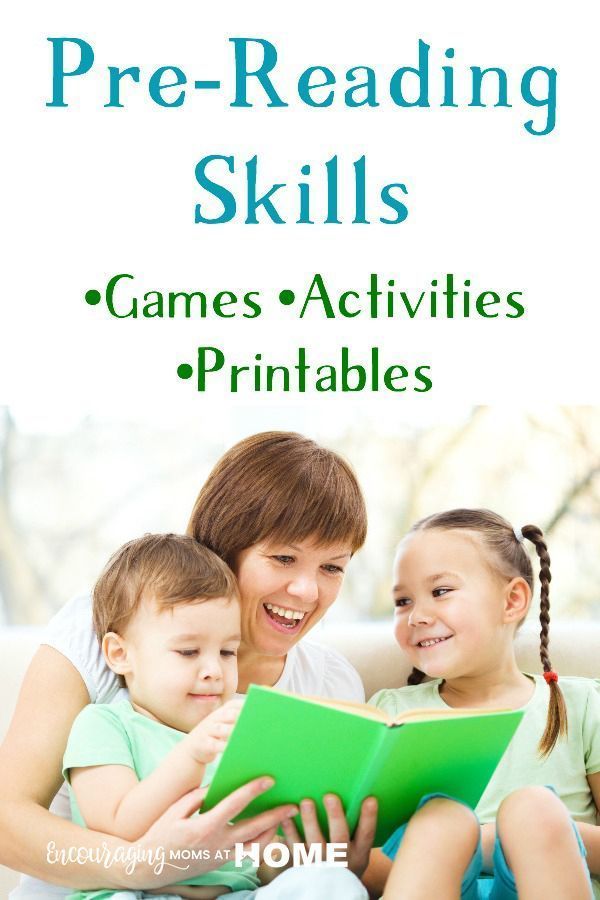 178-FZ of July 18, 2017)
178-FZ of July 18, 2017)
list of subsidies to the budgets of the constituent entities of the Russian Federation provided from the federal budget for the purpose of co-financing the exercise of the powers of state authorities of the constituent entities of the Russian Federation and local governments;
(as amended by Federal Law No. 178-FZ of July 18, 2017)
(see the text in the previous version)
distribution of interbudgetary transfers between the constituent entities of the Russian Federation for the next financial year and planning period;
program for granting government loans for the next financial year and planning period;
(as amended by Federal Law No. 278-FZ of 02.08.2019)
(see the text in the previous edition)
program of state internal borrowings of the Russian Federation for the next financial year and planning period;
program of state external borrowings of the Russian Federation for the next financial year and planning period;
program of state guarantees of the Russian Federation in the currency of the Russian Federation for the next financial year and planning period;
program of state guarantees of the Russian Federation in foreign currency for the next financial year and planning period;
sources of financing the federal budget deficit for the next financial year and planning period in accordance with Article 94 of this Code;
other indicators provided for by the draft federal law on the federal budget for the next financial year and planning period, with the exception of indicators approved in accordance with Article 199 of this Code.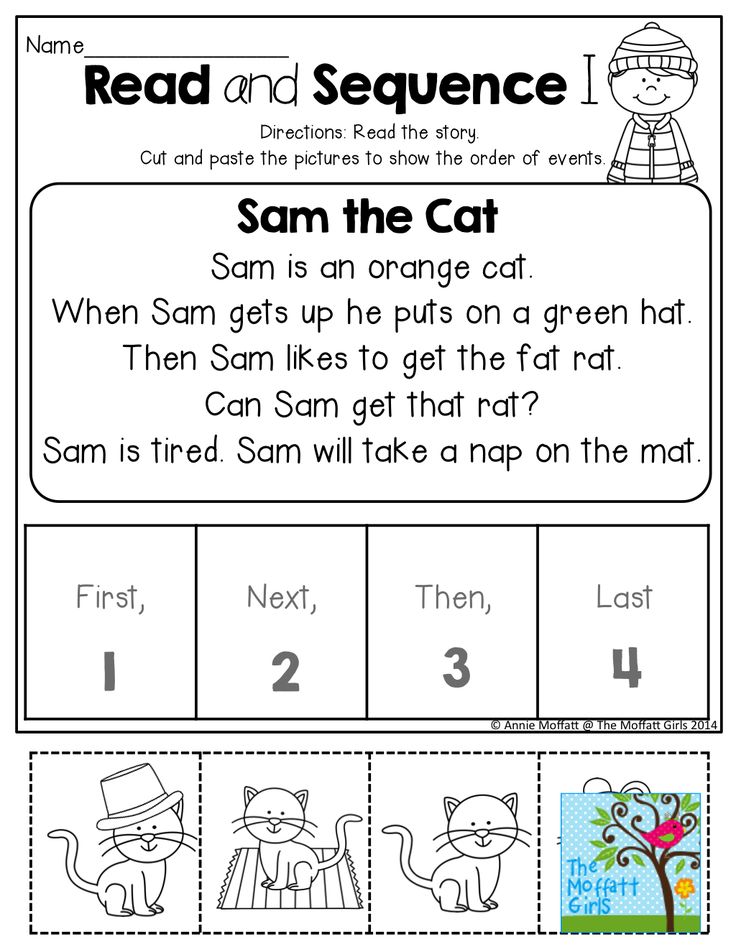
(paragraph introduced by Federal Law No. 381-FZ of 14.12.2015)
(Clause 2 as amended by Federal Law No. 104-FZ of 07.05.2013)
(see the text in the previous edition)
3. The subjects of the right of legislative initiative submit the amendments on the subject of the second reading to the Budget Committee.
Within 10 days, the Budget Committee prepares summary tables of amendments on the subject of the second reading and sends these tables to the relevant relevant committees and to the Government of the Russian Federation.
(as amended by Federal Law No. 104-FZ of May 7, 2013)
(see the text in the previous edition)
3.1. In the absence of the documents specified in Paragraph Sixteen of Clause 4 of Article 192 of this Code, in respect of capital construction projects, for the financial support of which federal budget appropriations are envisaged starting from the next financial year, budget appropriations for the financial support of these facilities may be redistributed for other purposes.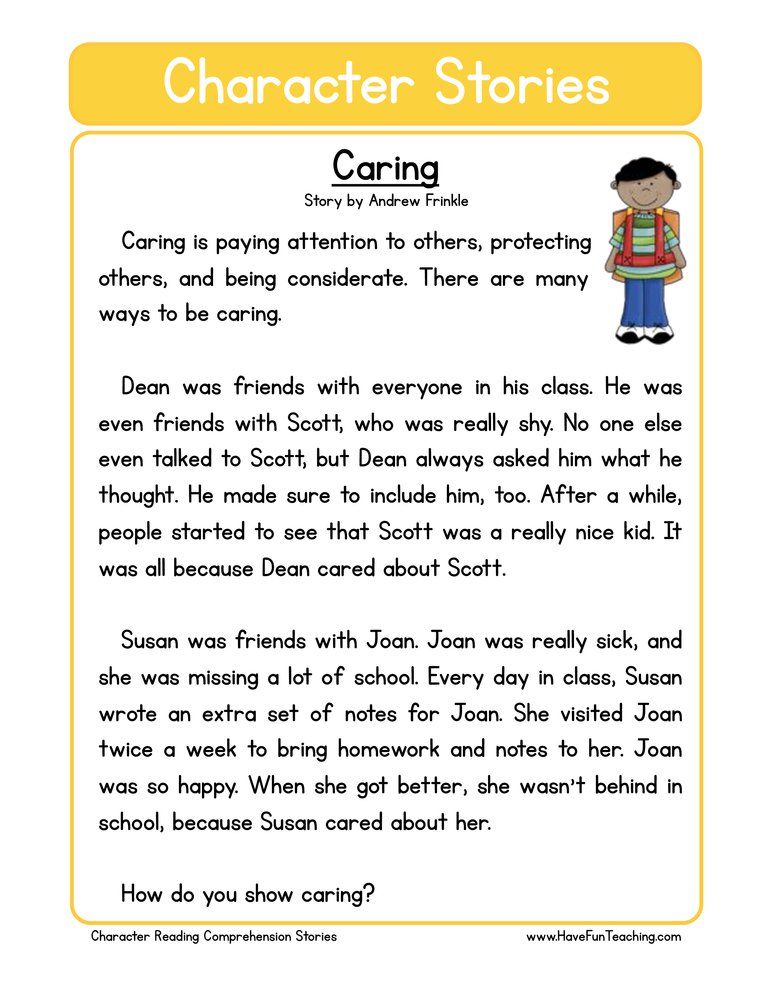 .
.
(Clause 3.1 was introduced by Federal Law No. 381-FZ of December 14, 2015)
(as amended by Federal Law No. 104-FZ of 07.05.2013)
(see the text in the previous version)
The profile committee considers the tables of amendments sent to it by the Budget Committee and submits the results of consideration of the amendments to the Budget Committee, which considers the indicated materials, makes a decision, forms summary tables of amendments recommended for acceptance or rejection, and submits them for consideration by the State Duma.
The procedure for interaction between committees of the State Duma when considering a draft federal law on the federal budget for the next financial year and planning period and the procedure for reconciling disagreements between them are determined by the Regulations of the State Duma.
Consideration of amendments to interbudgetary transfers to the budgets of constituent entities of the Russian Federation and the budgets of state non-budgetary funds of the Russian Federation is carried out by the Budget Committee.
(as amended by Federal Law No. 104-FZ of May 7, 2013)
(see the text in the previous wording)
Amendments on interbudgetary transfers to the budgets of constituent entities of the Russian Federation are considered by the Budget Committee only after their preliminary consideration by the Budget Committee of the Federation Council.
5. No longer valid. - Federal Law of 07.05.2013 N 104-FZ.
(See previous text)
Using and configuring the Reading Pane
When you select a message in the message list, you will see it in the Reading Pane and have access to various types of file attachments. You can customize the job and display the reading pane or turn it off.
In addition to using the Reading Pane to quickly scan messages, you can also view the first few lines of messages in the message list, and split long messages by splitting the message window.
Enabling, disabling and moving the reading area
Reading area enabled by default. Do one of the following:
Do one of the following:
-
To disable the reading area, read the following: On the tab " View" in the group "Layout " select the reading area and click the button "Off." .
-
To include or move the reading area: On the View tab, in the Layout group, select the reading area, and then click Right or " Bottom" .
Selecting Disabled closes the Reading Pane for the current folder only. To quickly turn off the Reading Pane for multiple folders, on the View tab, select Edit View > Apply Current View to Other Mail Folders, and then select the folders in the Apply View dialog box.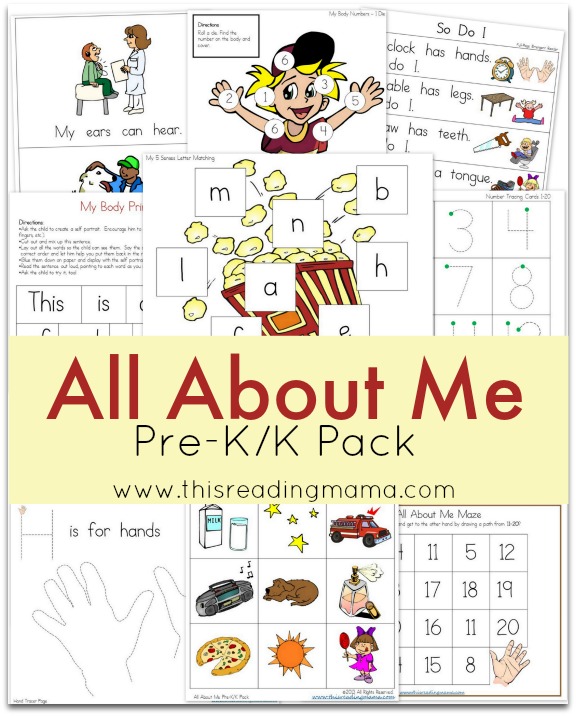
-
On the View tab, in the Layout group , select the reading area and click the Options button.
-
To enable this feature, check Mark as read when viewed in the reading pane and then enter a number in the Mark as read after n seconds box .
To disable this feature, clear the Mark as read when viewed in the reading pane check box.
When "Always see messages" is enabled, the Reading Pane will display the latest message when you navigate to another folder.
If this feature is disabled, the first time you navigate to a folder after starting Outlook, the Navigation Pane displays a "Select item to read" message.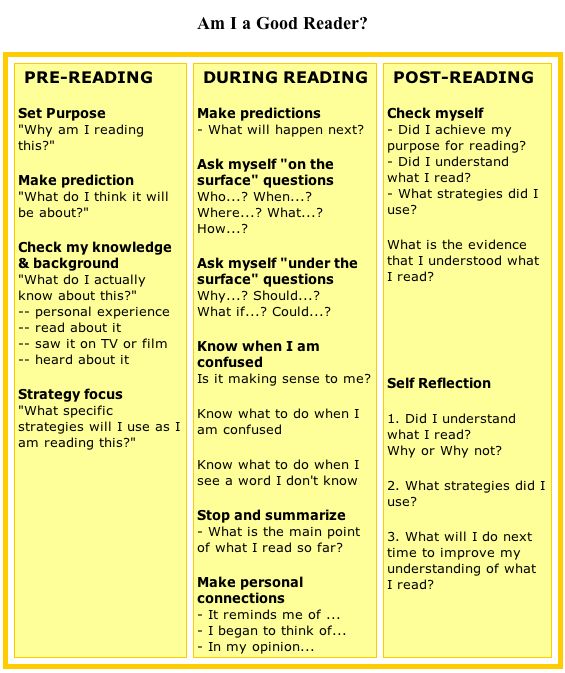
Message preview is always disabled by default, but can be enabled or disabled at any time.
-
On the View tab, in the Layout group , select the reading area and click the Options button.
-
Select or deselect the "Always view messages" check box.
Read by pressing the SPACEBAR allows you to quickly navigate through the messages in the Reading Pane. Each time you press the SPACEBAR, the contents of the Reading Pane scroll down one page. At the end of the item, the next unread item in the message list is displayed.
Spacebar reading is enabled by default, but can be enabled or disabled at any time.
-
On the View tab, in the Layout group , select the reading area and click the Options button.
-
Select or clear the Read when SPACE key is pressed check box .
You can set a constant default zoom level. See below for detailed instructions.
-
In your Inbox, double-click a message to open it in a standalone message window.
-
On the right side of the ribbon, select Zoom .
(If the scale is not , click the button with the "More Commands" ellipsis at the right end, and then select "Scale ".)
-
Enter the desired percentage in the dialog box.
-
Select "Remember my preferences " and then press the button "OK" .
There are also two ways to temporarily zoom in or out in the Microsoft Outlook Reading Pane. Do one of the following:
-
use the Zoom control at the bottom of the Outlook window;
-
If you are using a wheel mouse, click the reading area, press the CTRL key, and scroll the scroll wheel. Rolling back the wheel makes the content bigger and the wheel makes it smaller.
Note: Scale only affects the current element in the reading pane. When you select another item or folder, the reading pane returns to the default zoom of 100 percent.
To quickly view received emails, turn on the preview, which displays one to three lines of each email in the message list, as well as the sender's name and subject line.
On the View tab, select Message Preview and select the desired option.
In a message you are reading or composing, you can split the window horizontally into two panes. This allows you to scroll through each area separately, allowing you to view two parts of the message that would otherwise be impossible to see at the same time.

